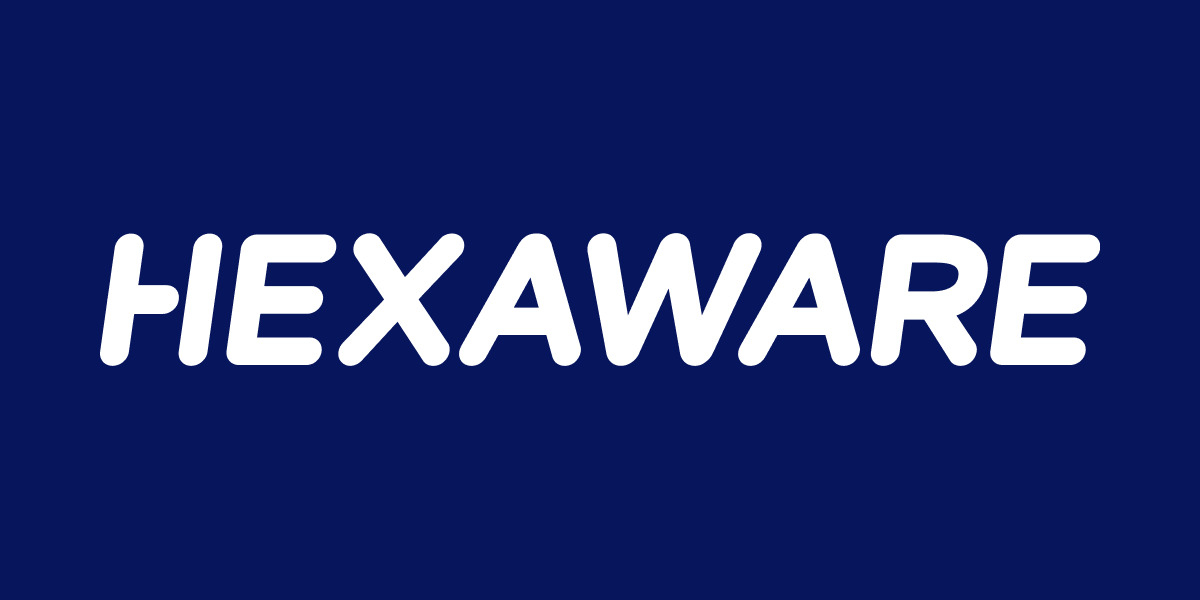Hexaware Technologies (NSE:HEXT), a global technology and business process services company, today shared insights on how legacy systems can be transformed with generative AI.
Retained for operational continuity, legacy systems frequently inhibit modernization initiatives due to outdated architectures and limited interoperability; however, their outdated architecture often becomes a barrier to the digital transformation process. Developed on outdated technology stacks, these applications often incur excessive maintenance costs, suffer from limited scalability and face significant challenges integrating with modern cloud-native environments. As a result, integration issues arise, which slow down automation, increase delivery timelines and reduce overall system agility.
Furthermore, the inherent strong interdependencies and lack of service decomposition in monolithic architectures impede the migration toward modular, microservices-based frameworks, resulting in increased complexity and higher resource requirements for modernization initiatives. This rigidity leads to slow business response and reduces operational efficiency and customer experience over time. In regulated industries, the compliance risk is further amplified the lack of transparency and auditability in a legacy environment.
Given these constraints, the transformation of legacy systems has become a strategic imperative rather than a technical upgrade. The following sections explore how generative AI facilitates intelligent, accelerated modernization—and how specialized platforms are now enabling enterprises to implement this shift at scale.
1. Generative AI: A New Paradigm in Modernization
As legacy systems reach the limits of conventional modernization methods, generative AI offers a transformative solution—a new way to understand and change complex application landscapes for today and tomorrow. For a deeper dive into how generative AI is reshaping modernization at its core, continue reading below.
-
What Sets Generative AI Apart: Generative AI extends traditional automation by moving beyond rigid scripts and rule-based refactoring. By integrating AI into software development, it learns to deal with evolving codebases, determines functional intent and automatically generates equivalent code in a modern style with reduced human dependency, enabling scalability.
-
Foundational Capabilities: Driven by transformer models and deep learning, generative AI adds context to legacy code. It converts intricate logic, respects dependencies and uses domain-trained models to generate accurate, production-grade output through layers of the application.
-
Why It’s Strategic for Modernization: Generative AI’s ability to reason through embedded business logic makes it a core enabler of intelligent modernization. It automates code transformation, ensures architectural continuity and accelerates delivery with reduced risk.
2. Intelligent Automation Across the Modernization Lifecycle
Modernization projects increasingly require speed, precision and reduced human intervention—requirements which generative AI is specifically designed to address. Outlined below are ways in which automation facilitated by AI facilitates crucial steps in the modernization process, rendering both strategic advantage and operational value.
-
Code Translation and Re-Engineering: Generative AI facilitates refactoring monolithic legacy applications into modular, scalable codebases that contemporary platforms can support. With visibility into business rules and app architecture, AI-driven tools simplify the automation of the refactoring process, making it possible to break it down into microservices or APIs with reduced maintenance and scaling requirements. This simplifies manual coding and speeds up cloud-native migration.
-
Smart Documentation and Knowledge Extraction: Automating the extraction of technical knowledge from legacy systems, generative AI generates comprehensive architecture diagrams, process flowcharts and detailed documentation directly from existing code. This alleviates reliance on manual documentation, ensuring accuracy and facilitating knowledge transfer critical for modernization projects.
-
Data Mapping and Migration Simplified: Generative AI can infer complex data schemas from legacy databases, enabling efficient mapping and accelerating ETL processes required to migrate data to cloud-based systems. This reduces errors and improves consistency in data transformation, a key enabler of seamless legacy-to-cloud migration.
3. Platform-Led Acceleration: The Case for Integrated Modernization Engines
Enterprises facing complex legacy environments are increasingly turning to platform-led strategies to drive efficient, scalable modernization. Read further to explore how platform-led strategies are transforming enterprise modernization.
-
Pre-Built Accelerators and Templates: Integrated modernization platforms like Hexaware’s RapidX leverage AI-infused, pre-built accelerators and templates to streamline critical tasks such as API generation, UI modernization, and service decomposition. These reusable components significantly reduce development effort by providing standardized, ready-to-deploy modules that align with best practices and enterprise requirements.
-
Industrialized Delivery Models: RapidX exemplifies pipeline-based modernization, embedding generative AI tools directly into CI/CD and DevOps workflows. This integration enables automated, continuous transformation and testing, promoting consistency, rapid feedback and seamless deployment of modernized applications.
-
Scalability and Reusability: A platform approach mitigates siloed modernization efforts by enabling cross-system modernization through reusable AI components. This architectural design ensures scalability, allowing enterprises to accelerate modernization across diverse legacy systems while maximizing reuse and reducing duplication of effort.
4. Benefits Beyond the Obvious: Strategic Payoffs
Modernization efforts today are not just technical upgrades—they’re catalysts for broader business transformation. Keep reading to see how generative AI delivers value well beyond initial expectations.
-
Reduced Time-to-Modernization: Generative AI-driven modernization compresses development and deployment timelines by automating complex tasks such as code refactoring, documentation and data migration. This accelerated cadence enables enterprises to rapidly realize business value from legacy modernization initiatives.
-
Smarter Resource Allocation: By automating repetitive and error-prone migration activities, generative AI frees engineering talent to focus on higher-value innovation and strategic development. This optimization of human resources drives enhanced productivity and improved project outcomes.
-
Improved Risk Management: AI-powered impact analysis and automated regression testing reduce failure rates by identifying potential issues early in the modernization lifecycle. This proactive risk mitigation enhances overall project stability and ensures more predictable delivery outcomes.
5. Critical Considerations Before You Deploy
Before deploying generative AI-driven modernization solutions, it is crucial to address key factors that ensure compliance, accuracy and effective collaboration between human expertise and AI capabilities.
-
Governance and Data Lineage: Ensuring auditability and explainability in AI-generated code and transformation decisions is paramount. Robust governance frameworks must be established to track data lineage and maintain compliance throughout the modernization process, safeguarding enterprise standards and regulatory requirements.
-
Human-AI Collaboration: While generative AI significantly augments modernization efforts, human oversight remains essential. Architectural decision-making, validation of AI outputs and strategic direction require expert intervention to balance automation with business context and ensure alignment with organizational objectives.
-
Model Accuracy and Domain Training: The effectiveness of generative AI depends on training models with domain-specific codebases and data. Tailored model training enhances accuracy, contextual understanding and relevance of generated outputs, thereby optimizing modernization quality and reducing rework.
Conclusion
Generative AI marks a pivotal shift in addressing the longstanding challenges of legacy systems by enabling intelligent, end-to-end modernization. Through advanced capabilities such as code transformation, automated documentation and data migration, it drives efficiency and precision across the entire lifecycle.
When integrated into platform-led delivery models, generative AI ensures consistency, scalability and speed—turning isolated modernization efforts into cohesive, enterprise-wide initiatives. Reusable AI components and CI/CD integration further compress timelines, optimize resource deployment and reduce transformation risks. This strategic alignment transforms legacy environments into future-ready architectures, positioning enterprises to lead with agility, innovation and sustained digital resilience.
About Hexaware Technologies
Hexaware is a global technology and business process services company. Every day, Hexawarians wake up with a singular purpose: to create smiles through great people and technology. With offices across the world, we empower enterprises worldwide to realize digital transformation at scale and speed by partnering with them to build, transform, run, and optimize their technology and business processes. Learn more about Hexaware at hexaware.com.
Safe Harbor Statement
Certain statements in this press release concerning our future growth prospects are forward-looking, which involve numerous risks and uncertainties that could cause actual results to differ materially from those in such statements. The risks and uncertainties relating to these statements include, but are not limited to, risks and uncertainties regarding fluctuations in earnings, our ability to manage growth, intense competition in IT services including those factors which may affect our cost advantage, wage increases globally, our ability to attract and retain highly-skilled professionals, time and cost overruns on fixed-price, fixed-time frame contracts, client concentration, restrictions on immigration, our ability to manage our international operations, reduced demand for technology in our key focus areas, disruptions in telecommunication networks, our ability to successfully complete and integrate potential acquisitions, liability for damages on our service contracts, the success of the companies in which Hexaware has made strategic investments, withdrawal of governmental fiscal incentives, political instability, legal restrictions on raising capital or acquiring companies outside India, and unauthorized use of our intellectual property and general economic conditions affecting our industry.
Media Contact
Hexaware Technologies
marketing@hexaware.com



